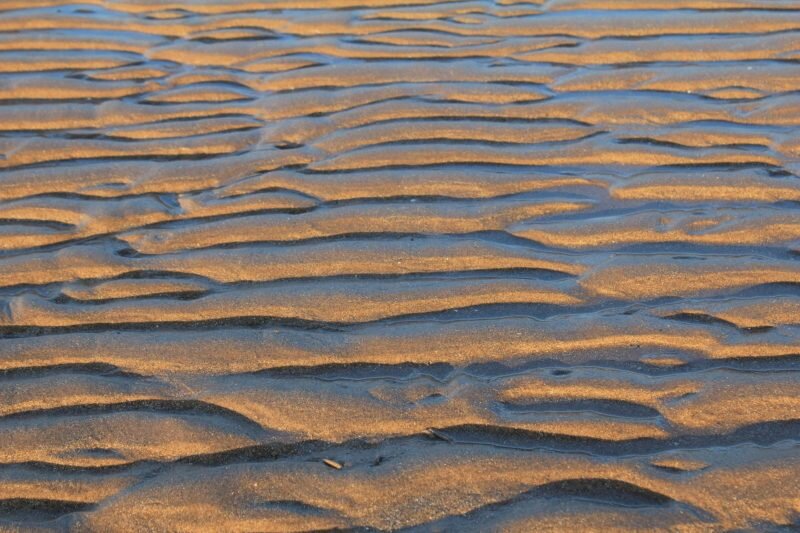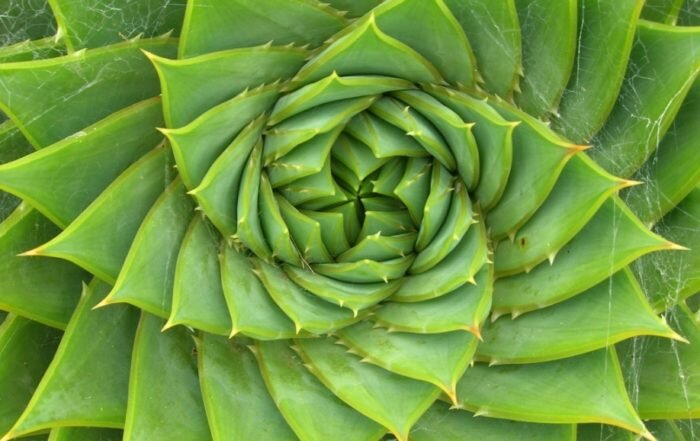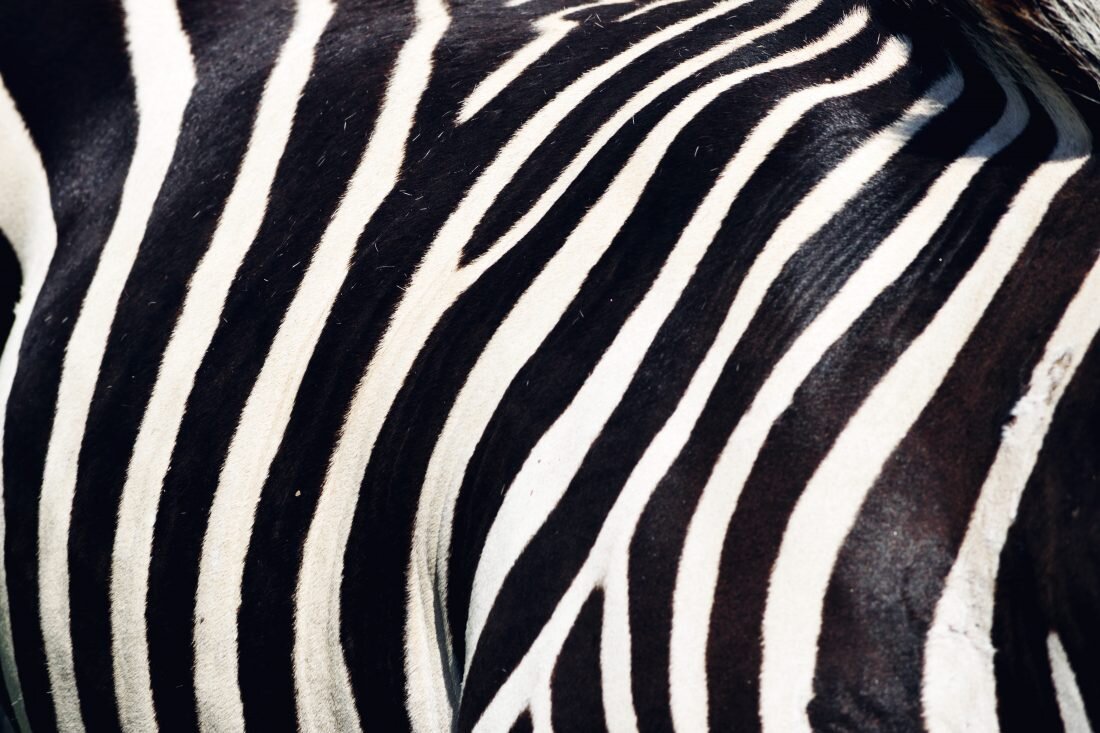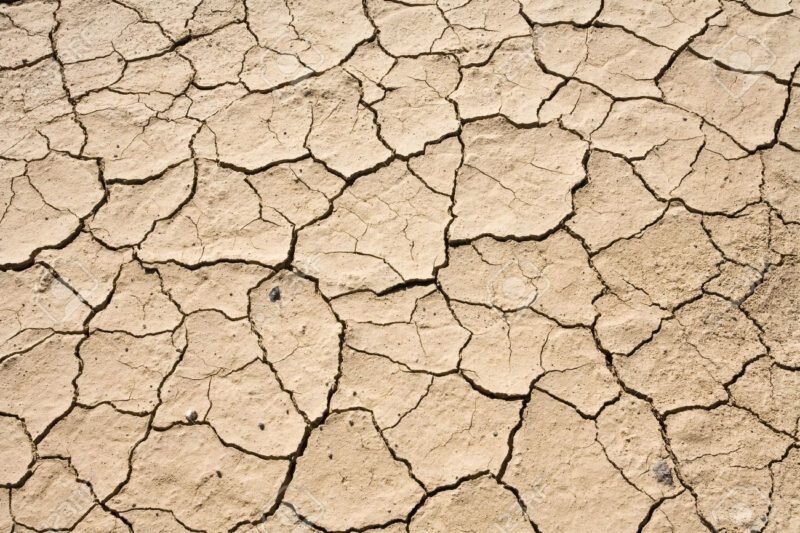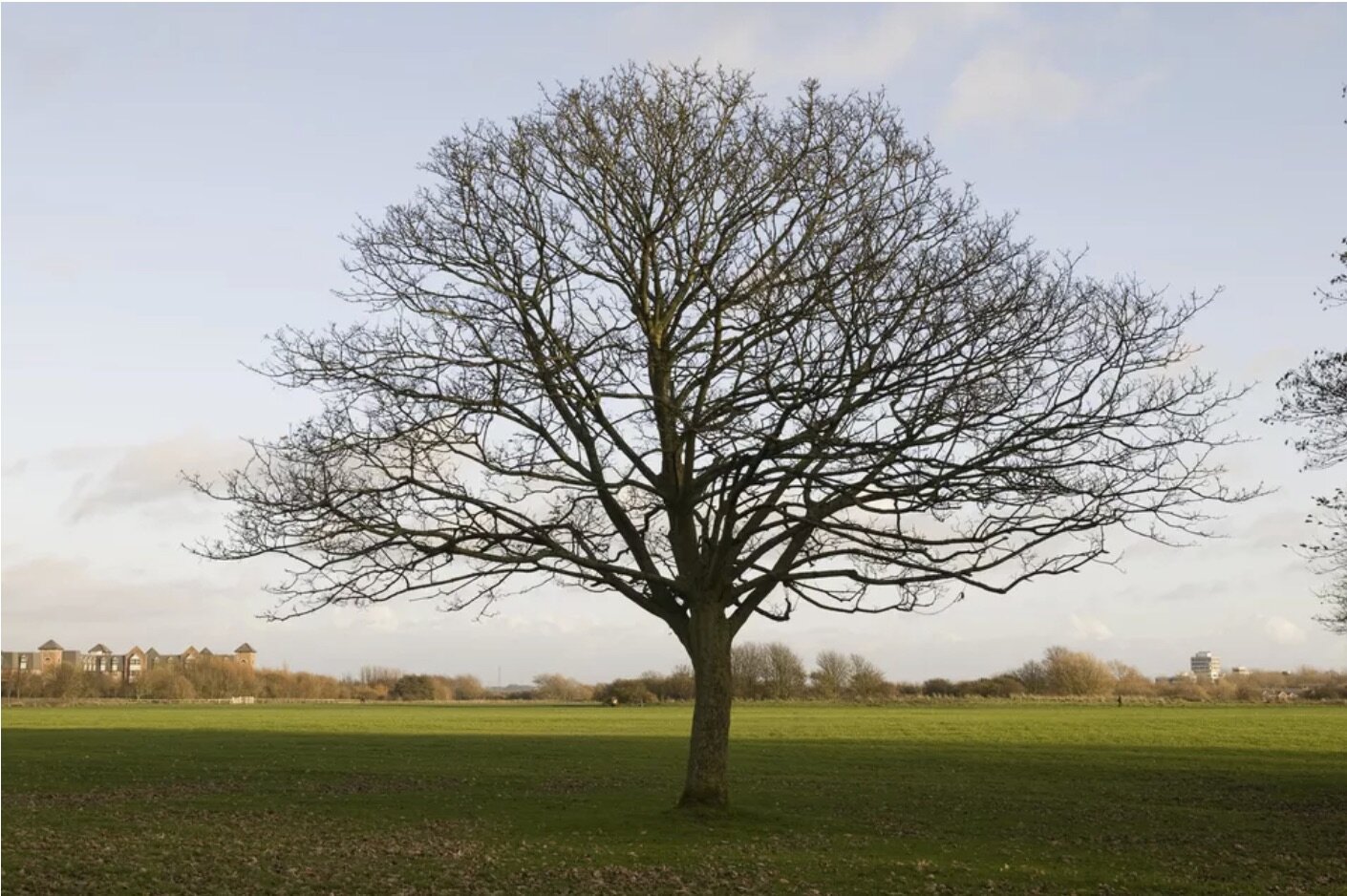Patterns in Nature: Why we need them
(Above) Beautiful patterns in nature; (Below) A shell creates a beautiful pattern: a Fibonacci swirl - a golden ratio used in architecture
What are patterns in nature? When we spend time in nature, patterns are all around us. The organic shapes and beautiful colors calm us down, and make us smile. When we spend time in environments that are devoid of these patterns, we become stressed out and even ill.
Incorporating natural patterns into design is just one element of Feng Shui. Although there are many patterns in nature, they all have one common element: fractals.
frac·tal
/ˈfraktəl/
MATHEMATICS
noun
plural noun: fractals
a curve or geometric figure, each part of which has the same statistical character as the whole. Fractals are useful in modeling structures (such as eroded coastlines or snowflakes) in which similar patterns recur at progressively smaller scales, and in describing partly random or chaotic phenomena such as crystal growth, fluid turbulence, and galaxy formation.
We are somehow hardwired to understand fractals. If you zoom in on a natural pattern, you will see the pattern repeated. Our brains love patterns. So much so that even if there aren’t any patterns, our brains try to find some.
Patterns can even have a healing effect. Incorporating fractals into design reduces stress. Surgical patients spent less time in the hospital when their windows faced views of nature rather than a brick wall.
We shape our buildings; thereafter they shape us.—Winston Churchill
Luckily, natural materials have been gaining favor in the design world. People are using reclaimed wood, faux fur, honeycomb patterned tilework and even wallpaper is making a comeback. Wallpaper is the granddaddy of patterns.
The ultimate Feng Shui trick is using a lifesize mural of a scene from nature. For example, I took a panoramic photo in the redwood forest in Northern California, and I used it to wallpaper my bathroom. Now when you go into the loo, you feel like you’re in a forest. Because you are!
When you think about it, one of the coolest facets of architecture is the ability to have buildings be so different – in terms of size, shape, and style. To create aesthetically beautiful buildings that humans like to look at, the “golden ratio” is often used in the design.
Some of the greatest mathematical minds of all ages, from Pythagoras and Euclid in ancient Greece, through the medieval Italian mathematician Fibonacci and the Renaissance astronomer Johannes Kepler, to present-day scientific figures such as Oxford physicist Roger Penrose, have spent endless hours over this simple ratio and its properties. … it is probably fair to say that the Golden Ratio has inspired thinkers of all disciplines like no other number in the history of mathematics.
This ratio – 1:1.61, for those are wondering – occurs over and over again in nature. It is found in everything from the shape of our universe, the structure of clouds, and the even the proportions of the human body. Humans have incorporated it into everything from mathematics, to artwork, and music.
With such varied applications, it should come as little surprise that this ratio is rooted in architecture’s fundamental principles. You may find yourself looking at your surroundings in a way that you never have before.

